by Winson Duong
This is the ultimate burger. For an 8 oz. burger, it's the lighest, heaviest burger you'll ever eat. Notice how airy it is, threatening to collapse and surrender on the first bite. We borrowed a technique pioneered by Heston Blumenthal of Fat Duck fame to achieve that delicate texture. I'll go over how I did mine, but if you scroll to the end of the page, you'll find the link to the video of Heston's quest for the perfect burger, where he goes over the recipe in detail. This is how we do our version, with notes on how to adapt it for the average household.
NOTE : Keep in mind the pictures below are from my home experiment. Our methods have changed since these were taken.
STEP 01 : PURCHASE OR GRIND YOUR MEAT
You can either grind it yourself, if you have an attachment, or you can purchase it already ground, but if you choose the latter, make sure you choose a pack that's freshly ground, and the strands of meat are kept parallel (pictured above). You can also ask the butcher to grind your preferred cut for you. We prefer a mix of chuck, brisket, short ribs, and some dry-aged fat from our 100% grass-fed and finished Morris beef.
If you choose to grind your own meat, the trick is to catch the strands in a vessal, like a narrow loaf pan, so they stay parallel to one another. This is the key. When the burgers are properly rolled, the strands will be locked in this way from forming to cooking. When you eat it, the meat crumbles off tenderly since every single bite will be against the grain.
STEP 02 : ROLL & MOLD
Try your best to keep the strands parallel, and put as little pressure on the meat as possible. Using food grade plastic wrap, roll it up like a piece of candy, tying off both ends to create a tight seal.
If you're hardcore, like my Sous Chef, Ryan is, you'll design a mold for this exact purpose. That's what we use now. It also helps when you're making a couple dozen of these every day.
TIP: it's best to wet the work surface just ever-so-slightly (you can use a mist spray bottle); this helps the plastic stick.
STEP 03 : FREEZE
Park the roll (or mold) in the freezer and chill it for 1 hour, or until the outside is completely firm, and the inside still soft.
STEP 04 : PORTION
A slicer would be the best knife to use, but make sure it has a razor sharp edge when cutting these. If you don't have a knife that sharp, use a serrated knife just to break the plastic, and the frozen layer on the outside. You can switch knives for the remaining center.
These were weighed to about 8 oz. each.
STEP 05 : COOK
There's a couple of ways to cook the patty, and those will be outlined in the links below, but for practicality, I recommend searing or grilling.
SEARING : I prefer searing because you can baste the patty with a flavorful fat while cooking. You can use butter, suet, duck fat, or pork fat depending on your intended flavor profile. Seared patties tend to be juicer, and develop a more even crust.
Look at all the crispies.
GRILLING : if you're looking for a deep char flavor, grill it. This make sense for certain burgers (such as our Chimichurri Burger). Otherwise, searing is recommended over grilling.
Either way you cook it, make sure to have the heat on high, and flip the patty often. Heston recommends every 15 seconds, but I found that it was too fragile to do it that frequently. Instead, I would flip the patty every minute, for a total of about 8 minutes for medium-rare.
I season the beef with a mix of the following : fresh coarse black pepper, sea salt, mushroom seasoning, a touch of MSG, and a touch of sugar.
The hint of sugar helps it caramelize, and the mushroom seasoning and MSG accentuate the savory beef flavor.
When the patty comes off the heat to rest, we baste it in a beef demi-glace:
BUNS
We use potato bread baked daily from a local bakery, but again, there's some links below if you're committed to making your own.
Spread soft butter on both sides, and toast them on medium high head.
MUSHROOM MARMALADE
I'm simple--mayonnaise and a dijonnaise is all I really need--but if I were to add something without taking away from the rest of the burger, it'd be a mushroom marmalade.
It consists of crimini mushrooms, balsamic vinegar, sugar, worcestershire, soy sauce, truffle oil, garlic, onions, parsley, chives, duck fat, and arbequina olive oil. How to make:
- Slice mushrooms, 1/8" thick; mince garlic and onions; finely chop the herbs.
- Caramelize the onions with duck fat slowly until the texture is slightly melty. Add half the garlic, and sweat for another 5 minutes. Have this done before starting the next step.
- In another pan, sear the slices of mushrooms in batches on high heat with duck fat.
- Let the pan cool, and add the mushrooms, sweated garlic, and caramelized onions.
- Add some balsamic vinegar, and cook until the mushrooms have fully absorbed the vinegar.
- Repeat with worchstershire, and soy sauce.
- Add a touch of sugar. Let mixture cool completely.
- Add chopped herbs, the remaining half of the fresh garlic, enough olive oil to coat, black pepper, and a drizzle of black truffle oil.
CHEESE
Of course, there's an over-complicated modernist version of the cheese slice, that we do at work, but for home purposes, I recommend havarti, or--why not--American cheese. They both melt beautifully.
Notice the granulation of beef all going the same way?
And that's our perfect burger.
HOW THE PROS DO IT
Check these links out for how it can be done with a well-equipped kitchen.
Heston Blumenthal : In Search of the Perfect Hamburger
Modernist Cuisine : The Ultimate Hamburger


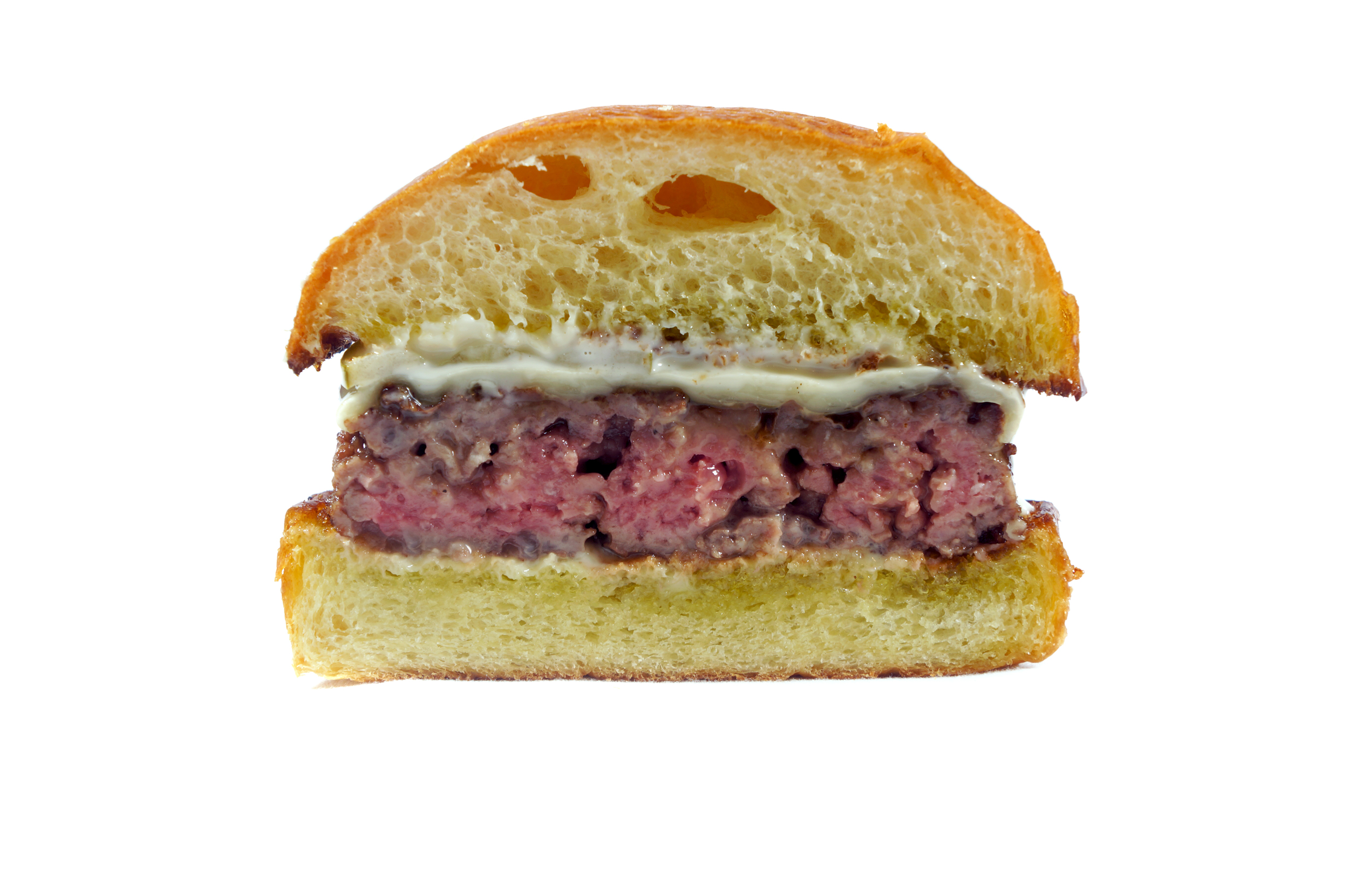
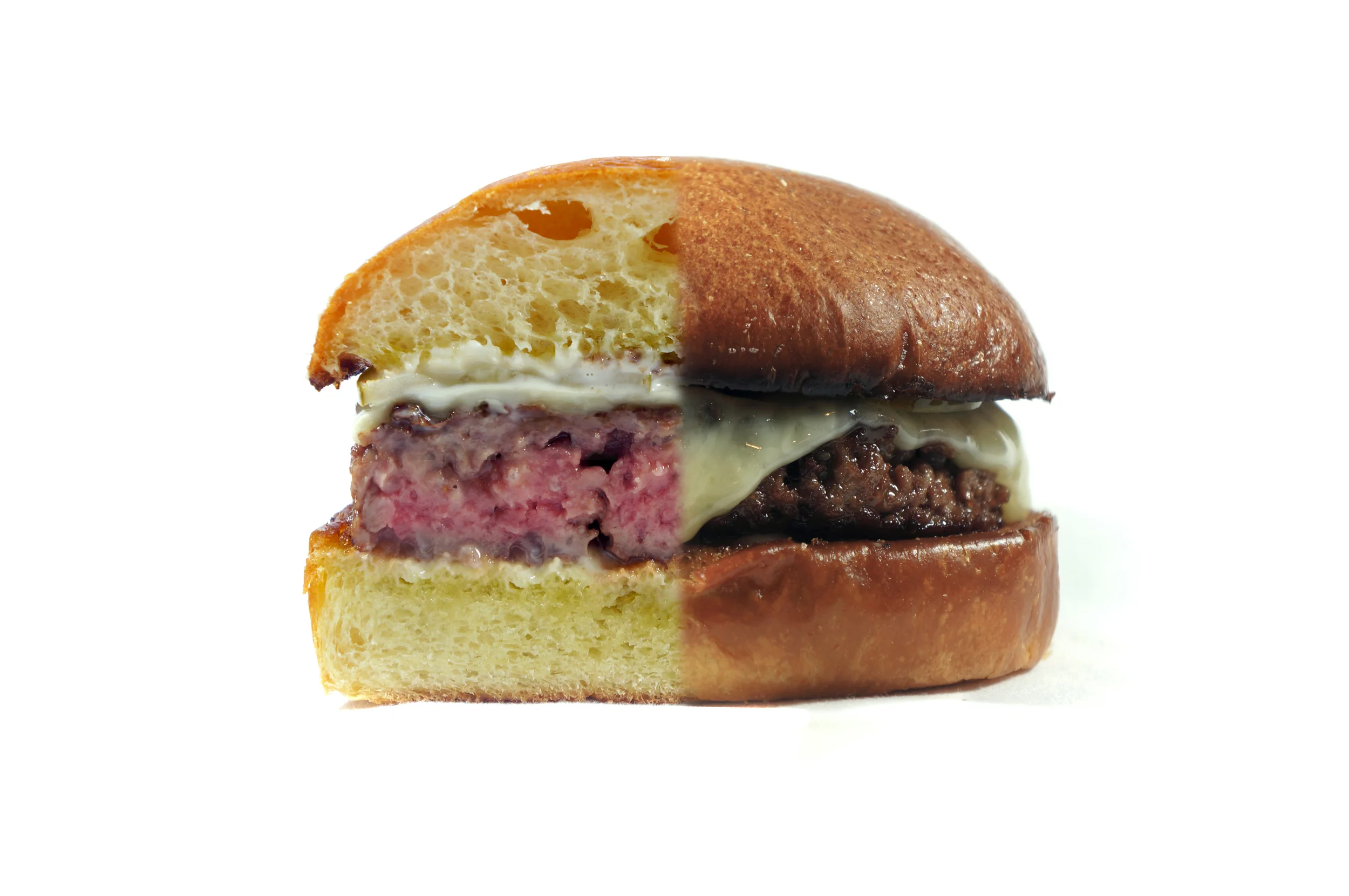
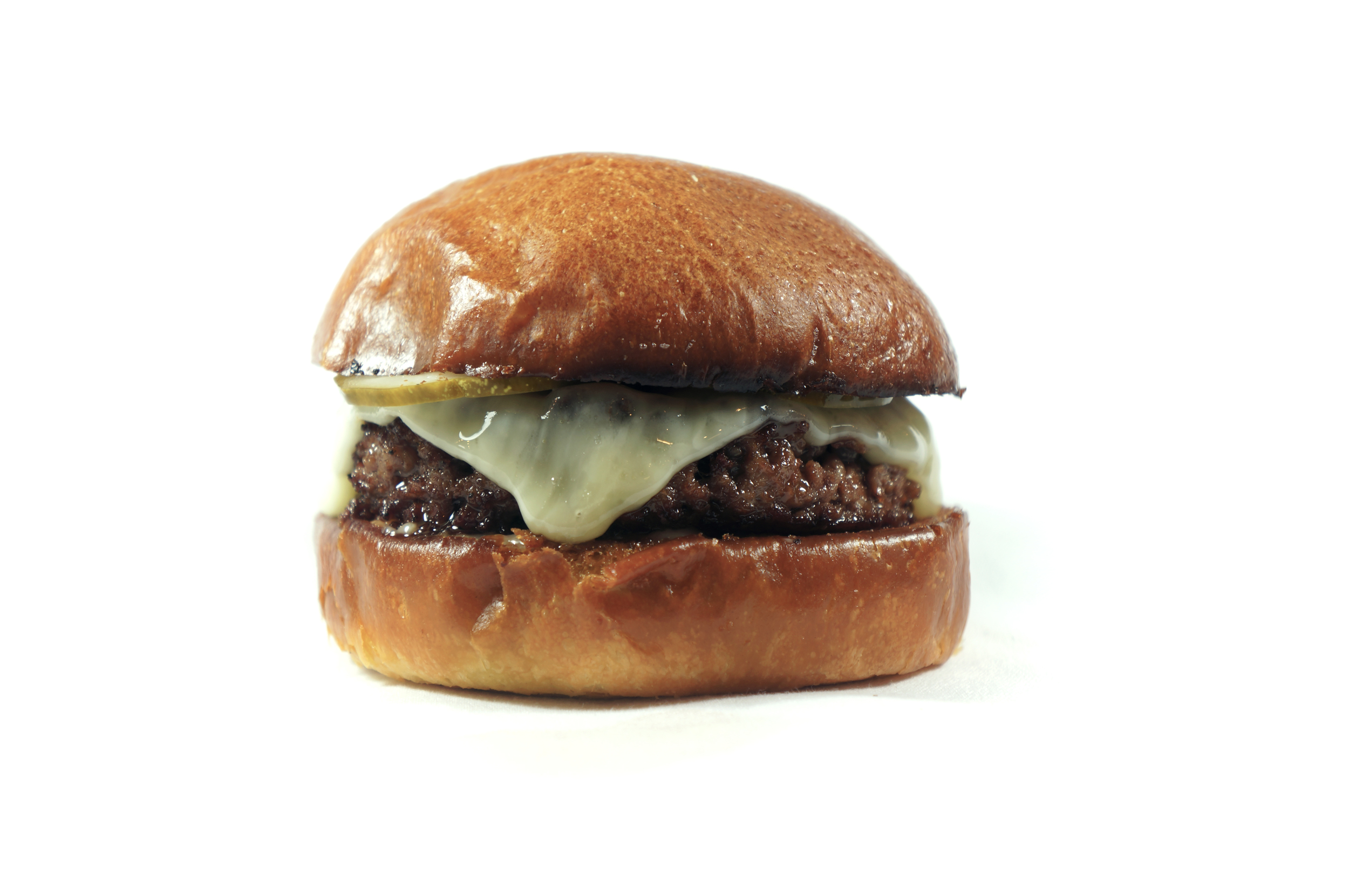
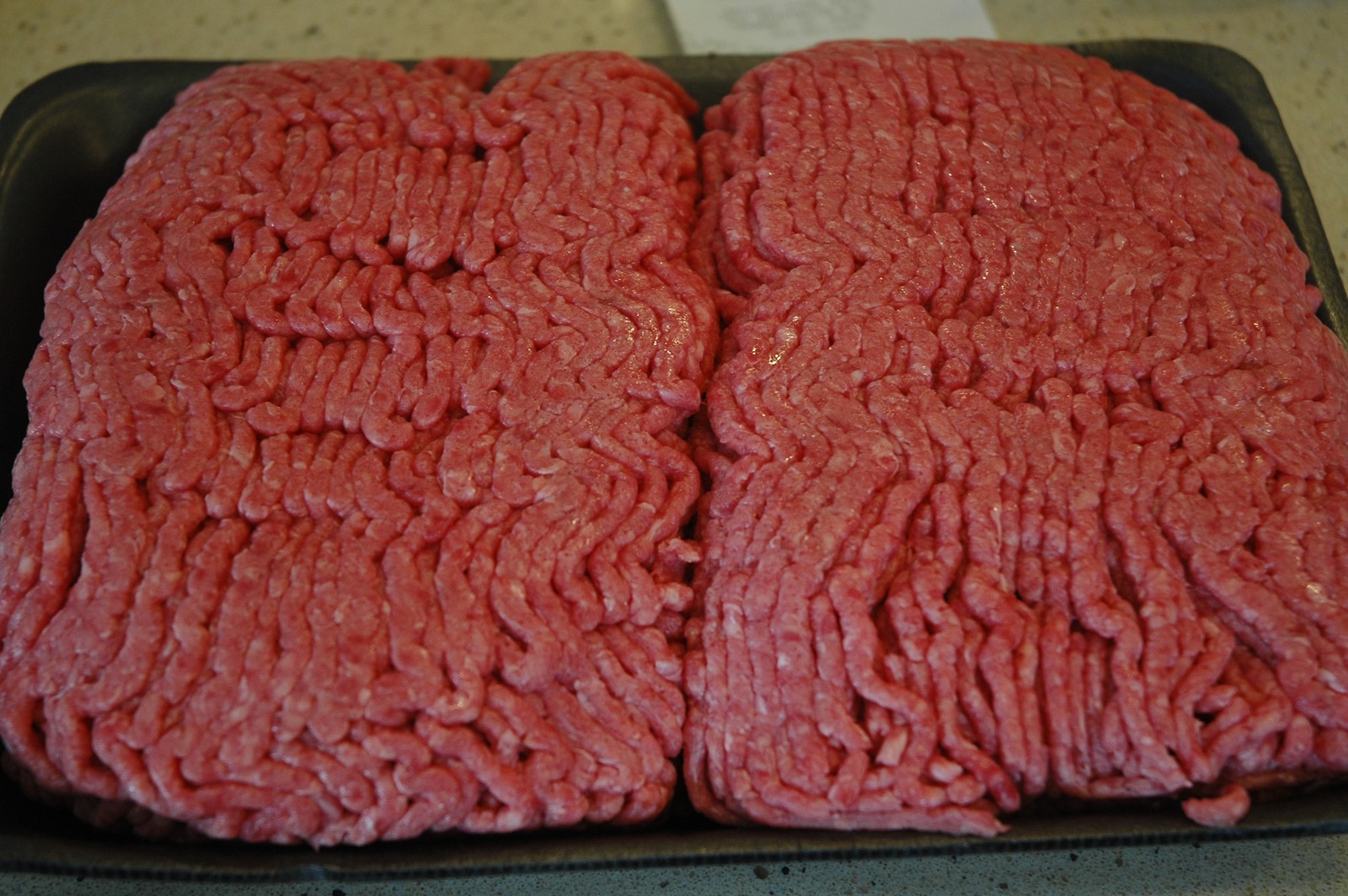
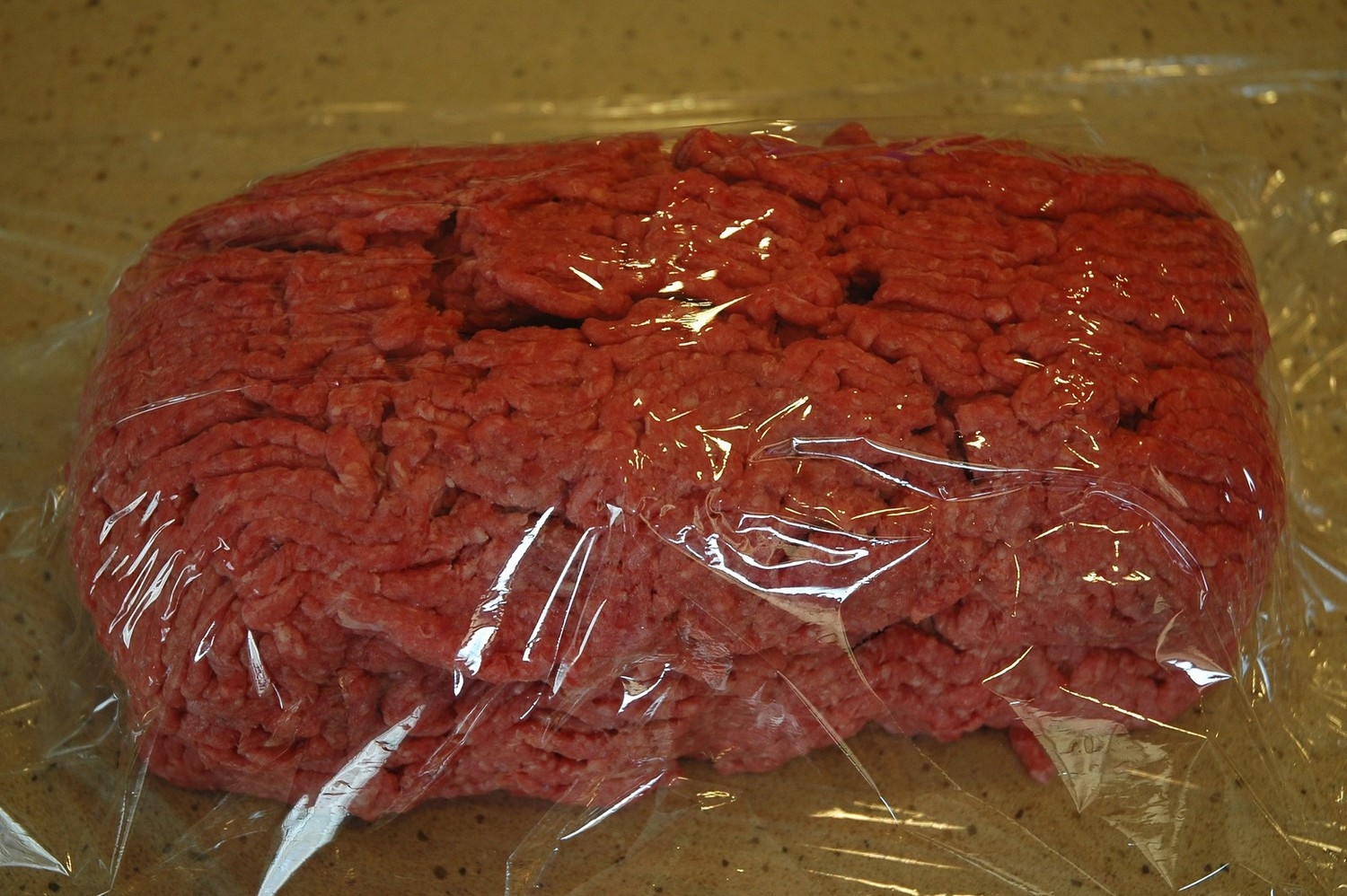
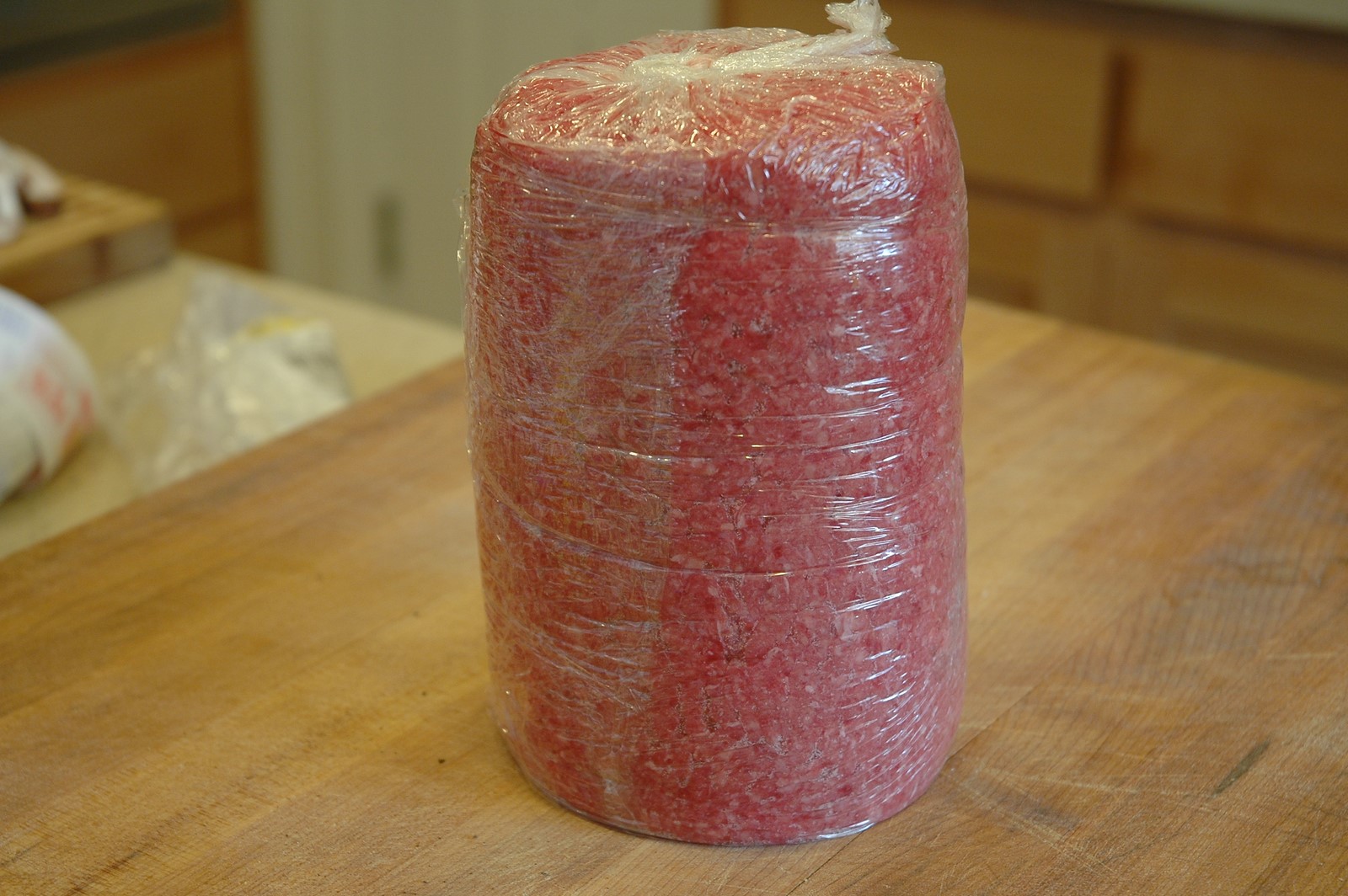
![DSC_6904 [1600x1200].JPG](https://images.squarespace-cdn.com/content/v1/52086719e4b0f09210ea805a/1409562356923-0Z61BCUK7HK2REHJS73Y/DSC_6904+%5B1600x1200%5D.JPG)
![DSC_6909 [1600x1200].JPG](https://images.squarespace-cdn.com/content/v1/52086719e4b0f09210ea805a/1409562357145-JMM077XYBRW0VLVEEH0T/DSC_6909+%5B1600x1200%5D.JPG)
![DSC_6894 [1600x1200].JPG](https://images.squarespace-cdn.com/content/v1/52086719e4b0f09210ea805a/1409673176783-MKY9TSFAU0LBH01IU94C/DSC_6894+%5B1600x1200%5D.JPG)
